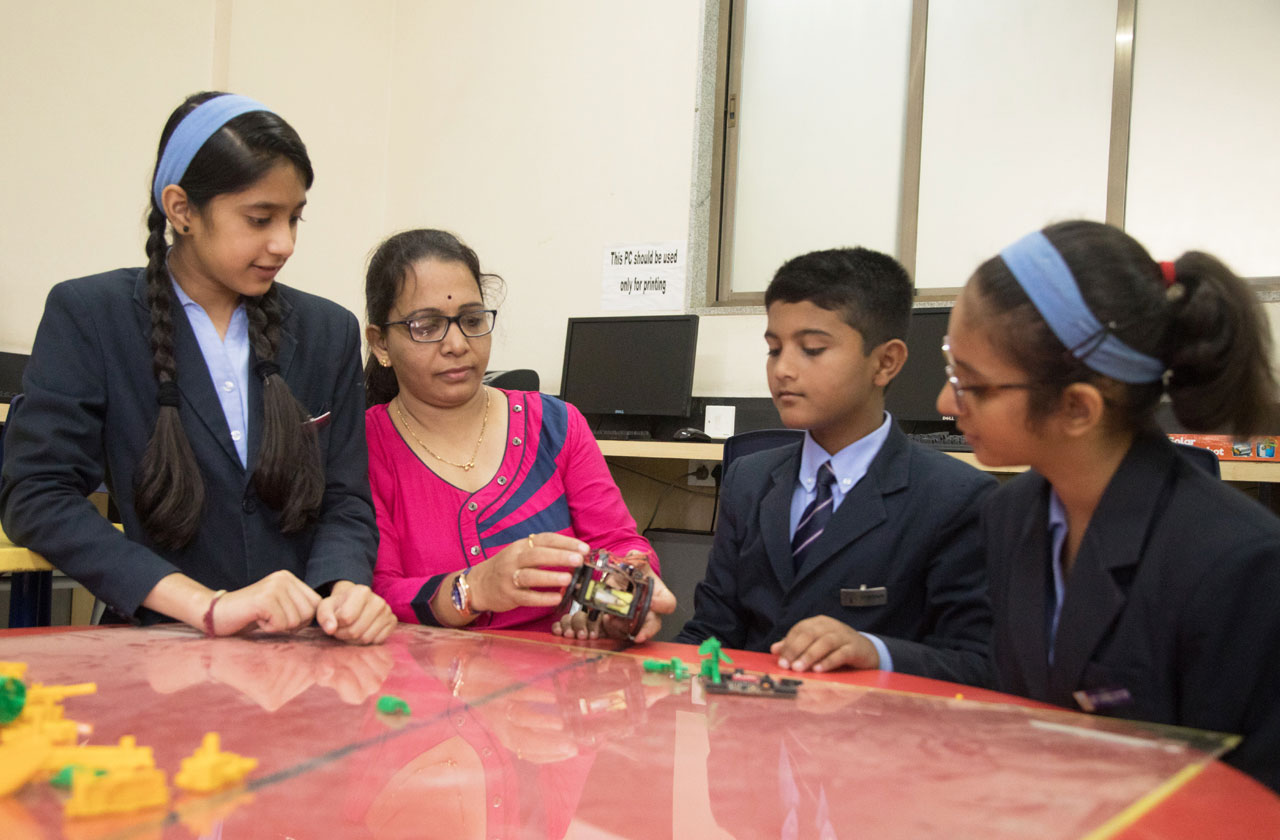Here's How You Can Teach Problem-Solving Techniques to Children
As children grow and navigate the world around them, they will inevitably encounter challenges and problems that require solutions. Developing problem-solving skills is essential to help children become successful, confident, and independent adults. Teaching children problem-solving techniques at a young age can have a lasting impact on their ability to solve problems effectively throughout their lives. In this article, we will discuss some effective methods for teaching problem-solving techniques to children.
Analysis and Problem Solving Techniques:
Analysis and problem-solving skills are crucial for children to learn early in life. These skills involve identifying the problem, breaking it down into smaller parts, analyzing each part, and developing a solution. Here are some steps you can take to help children develop their analytical and problem-solving techniques:
Identify the Problem: The first step in solving any problem is to identify what the problem is. Teach children to identify the problem by asking questions like, "What is the problem?" "Why is it a problem?" and "How did it happen?"
Break the Problem Down: Once children have identified the problem, teach them to break it down into smaller parts. Ask questions like, "What are the different parts of the problem?" and "What do we need to know to solve the problem?"
Analyze Each Part: After breaking the problem down, children should analyze each part to understand it better. Ask questions like, "What is happening in this part of the problem?" and "What are the possible solutions for this part of the problem?"
Develop a Solution: Once children have analyzed each part of the problem, they should develop a solution. Teach children to think creatively and come up with multiple solutions to the problem. Ask questions like, "What are some possible solutions?" and "What are the pros and cons of each solution?"
Creative Problem-Solving Techniques
Creative problem-solving techniques can help children think outside the box and come up with innovative solutions to problems. Here are some techniques you can use to help children develop their creative problem-solving skills:
Brainstorming: Brainstorming is a technique that involves generating a list of ideas to solve a problem. Encourage children to come up with as many ideas as possible, no matter how silly or unrealistic they may seem. Then, help them evaluate each idea to determine which ones are feasible.
Mind Mapping: Mind mapping is a visual technique that involves creating a diagram to represent the different parts of a problem and their relationships to each other. This technique can help children see the problem from different angles and develop creative solutions.
Role-Playing: Role-playing is a fun and engaging way to help children develop their problem-solving skills. It involves acting out different scenarios and coming up with solutions to the problems presented in the scenarios. This technique can help children develop their empathy and perspective-taking skills, which are essential for effective problem-solving.
Creative Problem-Solving Methods
There are many different creative problem-solving methods that children can use to solve problems effectively. Here are some of the most effective methods:
SCAMPER: SCAMPER is a technique that involves asking questions to stimulate creative thinking. The questions can help children come up with new ideas and innovative solutions to problems. SCAMPER stands for:
Substitute: What can we substitute to make it better?
Combine: Can we combine two or more things to make something new?
Adapt: How can we adapt this idea to solve the problem?
Modify: How can we modify this idea to make it better?
Put to another use: Can we put this idea to another use?
Eliminate: What can we eliminate to make it better?
Rearrange: How can we rearrange things to make it better?
Design Thinking: Design thinking for kids is an adaptation of a problem-solving technique that is tailored specifically to the needs and abilities of children. It is a process that encourages children to think creatively, empathize with others, and prototype and test solutions to problems.
Problem solving techniques for children are diverse and eclectic in nature, but ultimately what works for your child is what is tailored according to their needs and capacities. Mix and match these training techniques to create a useful toolkit customized for your child!
share this blog
Topics

